
May 2022 New England Bi-Monthly Regional Update #2
From Bryan Krampovitis, NATCA New England ARVP
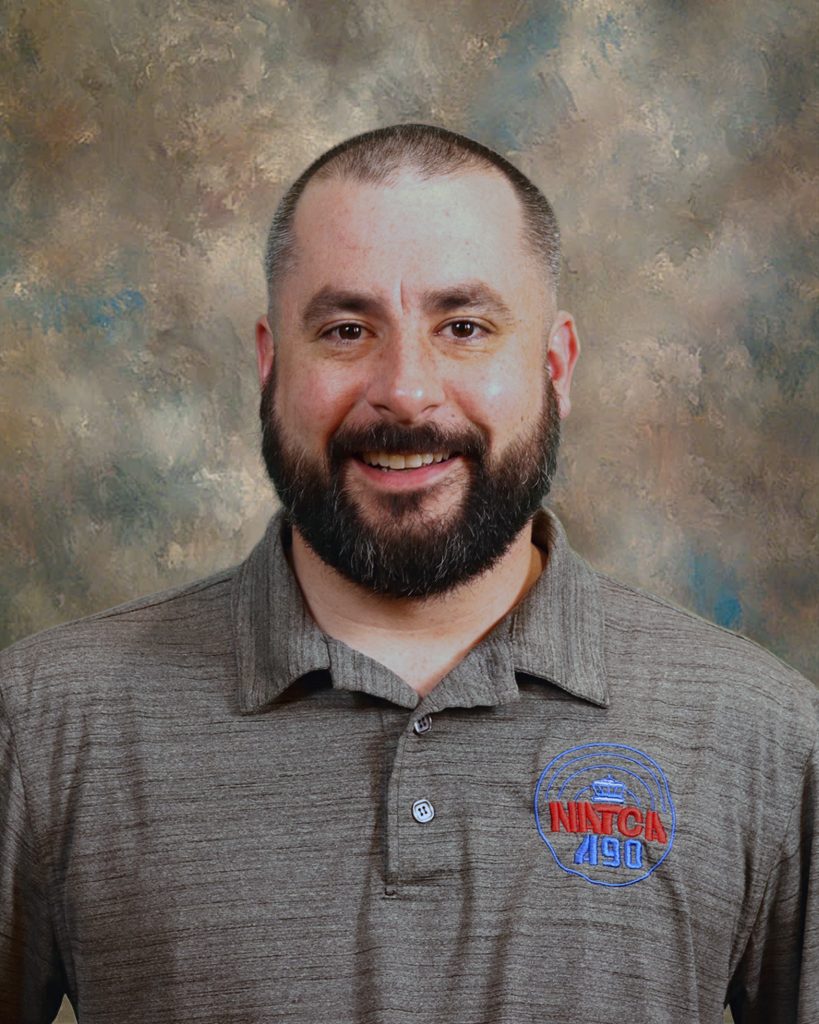
On May 5th and 6th, the New England Region and Eastern Regions met in Boston for a joint FacRep meeting. It was great to get together with our brothers and sisters from the eastern region and meet some of the new reps out of the eastern region, as they have many first term FacReps.
The first day was packed with multiple FLRA briefings and briefings from our regional leadership teams. We were given an excellent presentation on the recent history of NATCA and some of the biggest challenges we’ve faced over the last ten years. This briefing was followed by our National President, Rich Santa. Rich covered multiple topics, including NCEPT, long-term goals for our union nationally, and information on changes coming for our staffing and the number used to determine our staffing levels (known as your CRWG number). I was happy to hear these numbers are being reworked. They were determined over ten years ago and were only intended to be temporary until a national process was agreed on to determine a more accurate staffing level for each building in the NAS. Many things have changed in those ten years. Many of these changes directly affect staffing, with the biggest probably being the addition of paid parental leave. Paid parental leave puts a significant strain on the staffing of every one of our buildings and will require an increase to most CRWG numbers. Rich acknowledged that this is part of the work being done on CRWG levels.
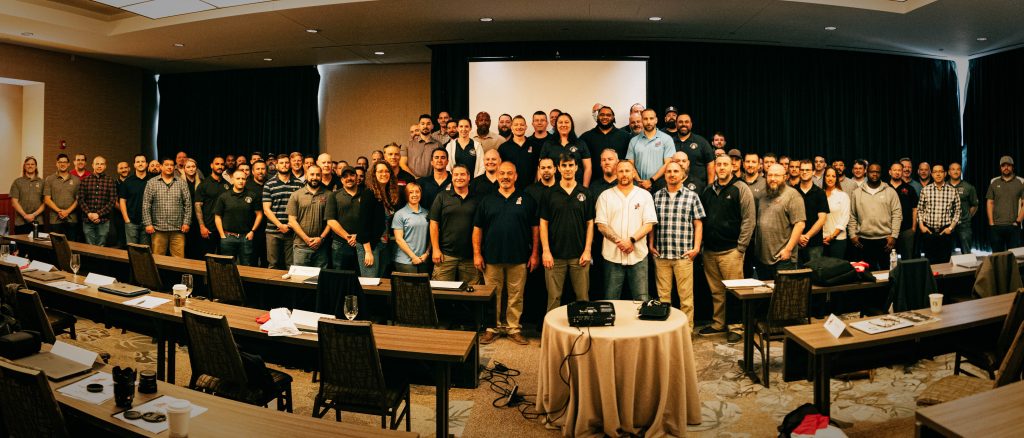
After Rich spoke and answered some questions, Eastern Region ARVP Chris Perks and I gave a short briefing on hardships, and some internal process changes for getting hardship packages to the regional level faster. We also had an in-depth legislative presentation that went over the past few years of legislative battles and what our legislative team plans to work on in the future.
The 10-hour day continued with presentations related to safety and QA/QC processes, air safety investigations, NCEPT, and an excellent briefing by Brad Davidson, our Region X RVP. Brad talked about what our various brothers and sisters in Region X work on and how they support all of us. One of the things he mentioned is their goal to be more visible in our buildings while performing their jobs. Tech Ops, whom we see in our facilities often, are represented by PASS. Our brothers and sisters in Region X are often assumed to be Tech Ops employees, while really they are NATCA members. To combat this, Region X employees wear NATCA lanyards, swag, and brightly colored shirts. If you see a strange face in your building covered in NATCA swag and wearing “bright neon green NATCA shirts,” say hello, make them feel welcome, and ask them about what they are working on. They are our brothers and sisters supporting our systems!
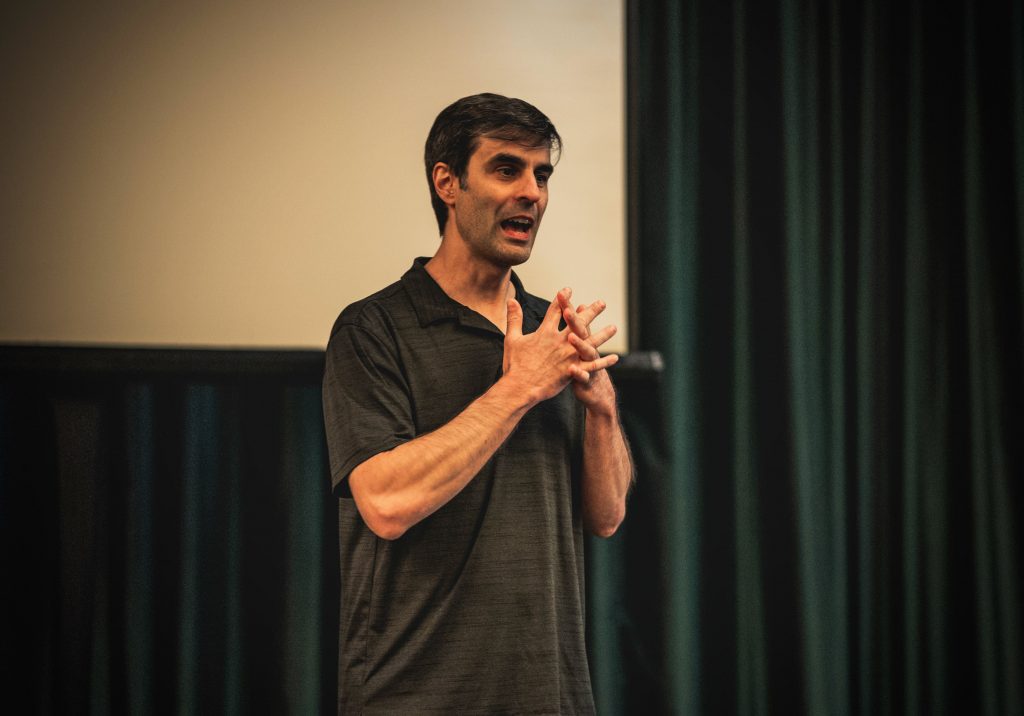
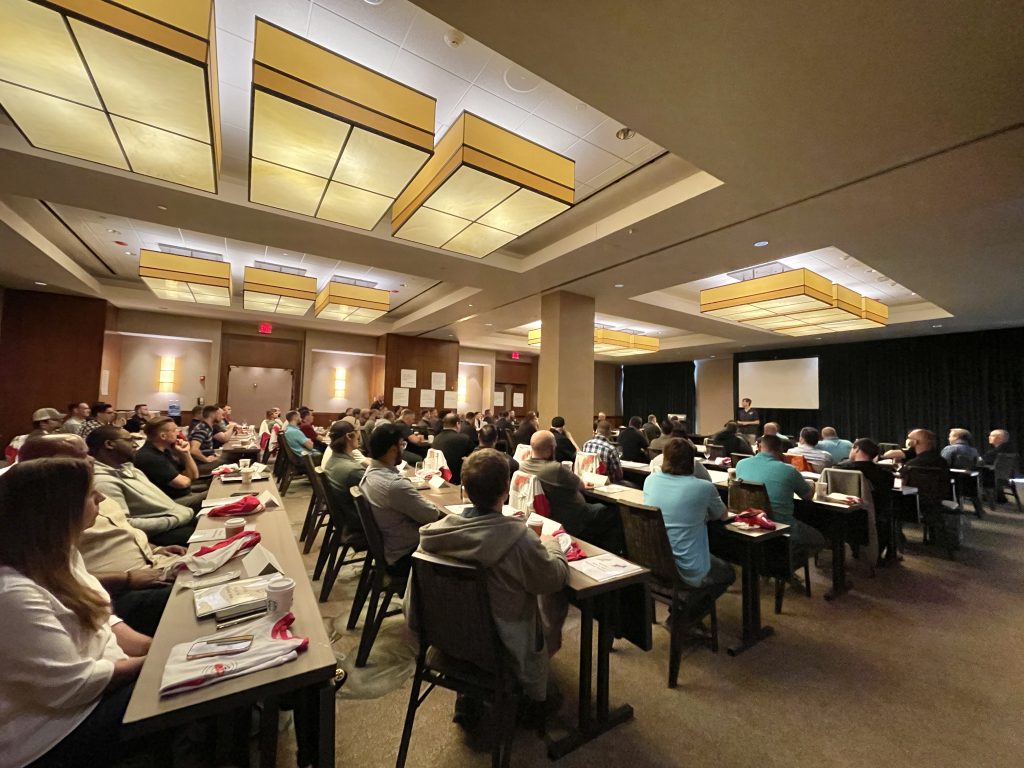
Day two of the meeting, a half-day, was jam-packed with briefings. The main presentation by the regional LR teams covered Weingarten procedures, performance discussions, and formal meetings. There is no such thing as information overload when it comes to Weingarten interview procedures and processes! Every time we go over Weingarten interviews, it receives praise from the FacReps and requests for more content in the future, which we will continue to provide.
Other topics covered local constitutions, local elections, and finance processes. Jim Basford from A90 put on an excellent game of “Drug Testing Jeopardy,” which was enjoyed by everyone. He always stumps even the most educated people on drug testing processes.
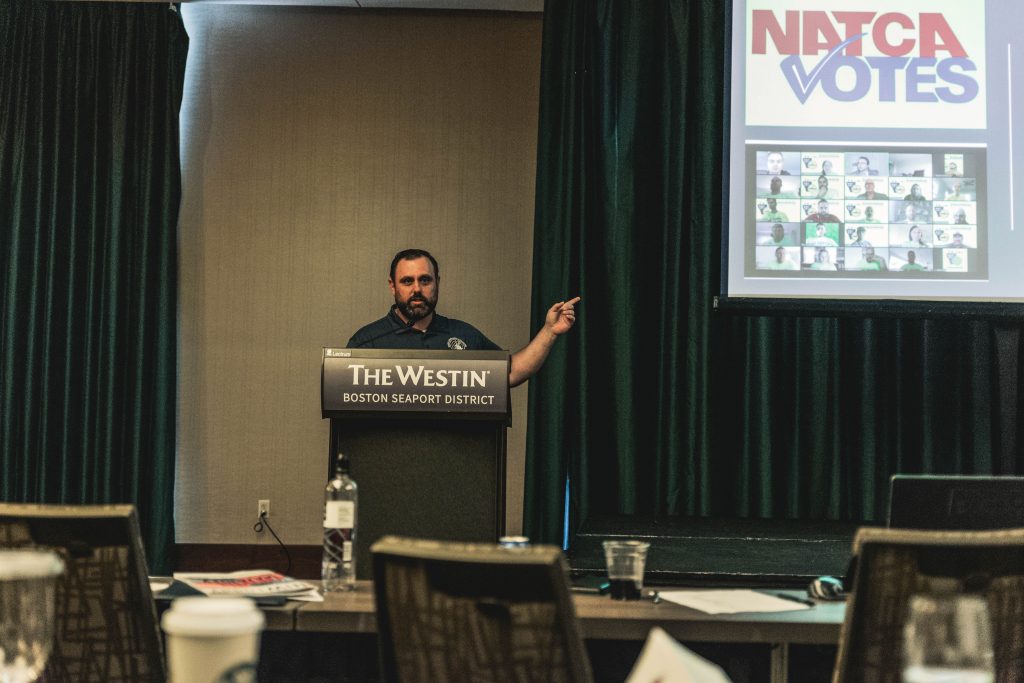
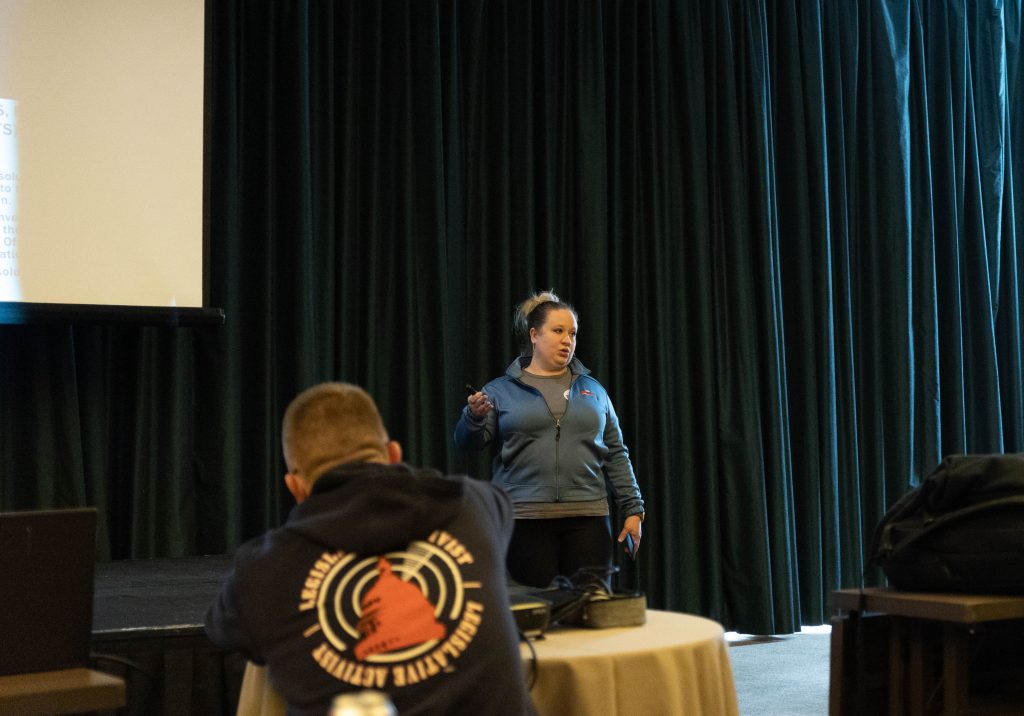
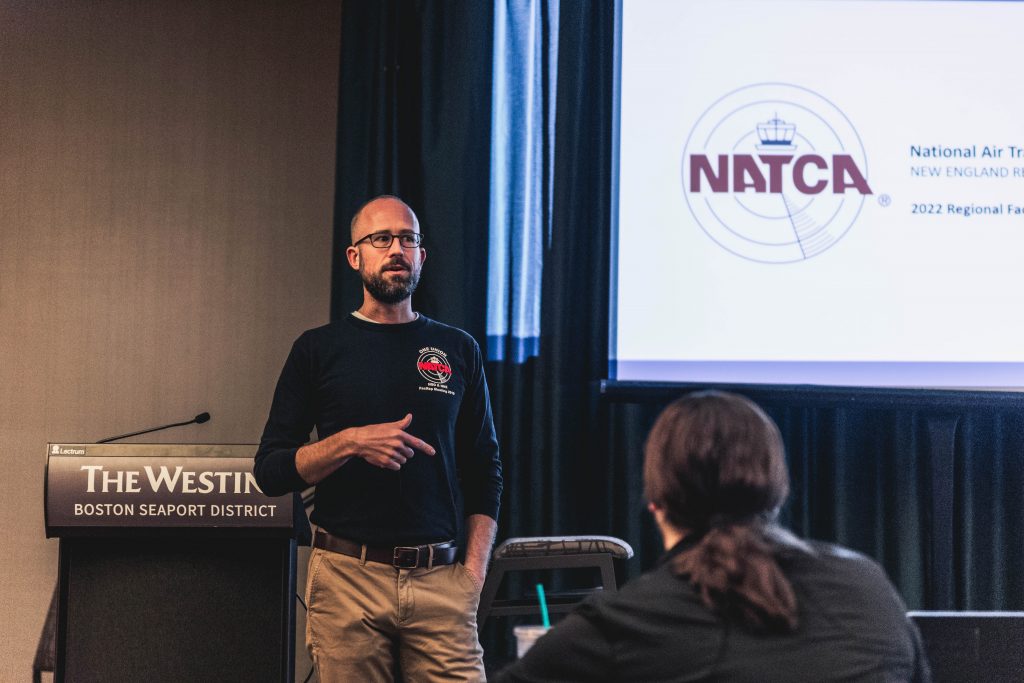
We ended the meeting with a “fireside chat” with the ARVPs and RVPs of each region. The panel had many prepared questions asked of the group to give insight into your regional leadership team members’ day/week/month. It was then opened up to the room for questions until lunch.
It was great to have this meeting as we haven’t been able to do much of these events for a few years now. I will continue to say that the conversations and information exchanged between the representatives attending these events are as crucial as the briefings themselves. After working through the COVID pandemic, it is evident that these types of essential conversations just cannot be replicated in Zoom meetings.
I want to thank everyone in our region who attended, especially everyone who put briefings together and presented them to their brothers and sisters. Speaking in front of a large group is no easy task, and it is very much appreciated. Thank you.
Collaboration
From Curt Fischer, Collaboration Facilitator, Eastern Service Area North, A90
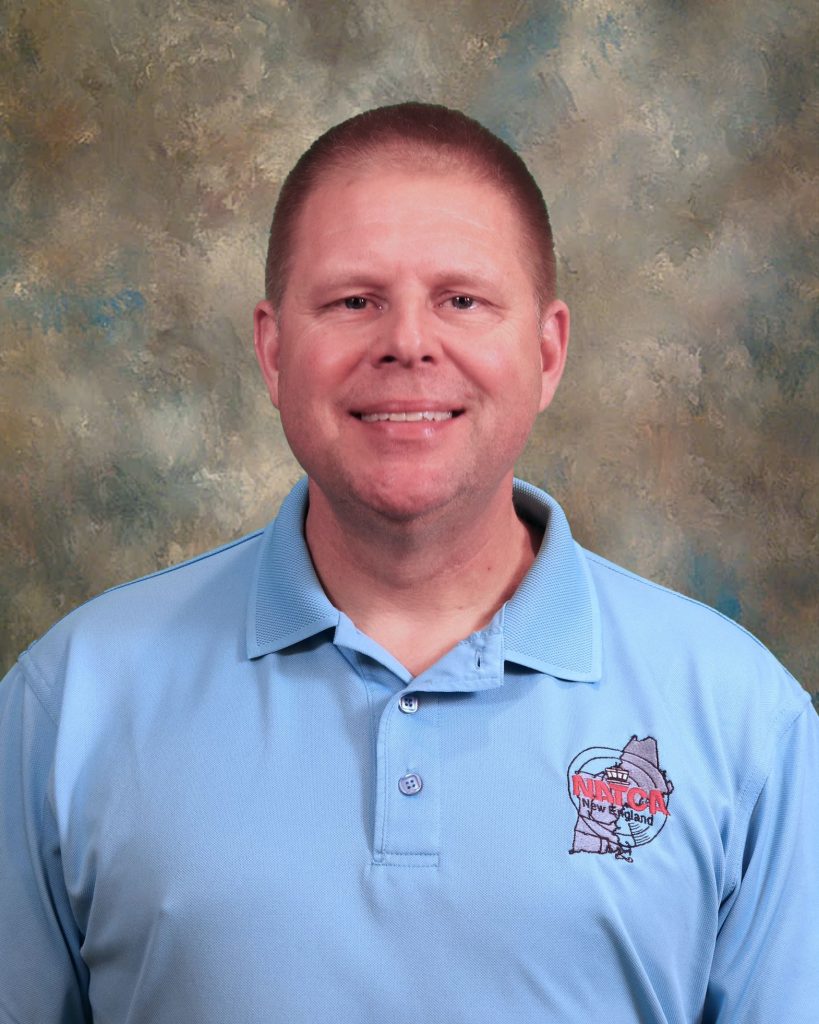
In our May 1st update, Mick and Scott covered NATCA’s representational rights (Article 6), emphasizing formal discussions (section 4). As your NATCA Collaboration Facilitator, I would like to address this topic from a collaboration perspective.
In 2013, the purple book became the first contract to address collaboration in Article 61. Here the Agency and NATCA agree to address our goals thru cooperation, involvement, and empowerment in administrating day-to-day labor-management relationships. The slate book signed three years later further cemented collaboration into our workplace with even more in-depth contractual language in Article 114. Collaboration here means both parties take responsibility for engaging in a meaningful dialogue with their counterpart. Notice how collaboration is a well-defined structured process used between NATCA and the FAA. Collaboration is accomplished without violating any Union or Agency right. It is the way we are expected to operate. Be aware of when the term collaboration is used in a vague way where one party (NATCA or the Agency) is left out. For example, an open-door policy where a manager has a discussion with an employee does not fit the agreed-upon definition.
Collaboration is supported from the top of our organization. We have a team of Agency and NATCA leaders dedicated to working together to ensure collaboration is working as intended. Collaboration Facilitators (CFs) teach collaborative skills training (CST) and interest-based communication (IBC). CFs use collaborative health assessments (CHA), consultations, facility check-ins, and CWG kick-offs. CFs work with NATCA and Agency leaders at the facility and District level and constantly communicate across our organization.
This past week, 16 members of the CF team held our annual in-person meeting in Washington, DC. We review, modify and discuss the processes we employ to deliver our product to every facility in the NAS, including Region X. CF leads Tom Flannery (NATCA Collaboration Co-Lead), and Carlos Rodriguez (ATO Collaboration Co-Lead) led the group for the week. NATCA President Rich Santa addressed the CF team at NATCA’s Krasner building, messaging his clear support for collaboration and the work done day in and out by the group to enhance the work-life and productivity of all employees.
Safety Management
From Seth Myers, NATCA New England Safety Rep, ZBW

NNE and NEA Regions had a joint FacRep meeting in Boston last week. One of the topics covered was Individual Performance Management (IPM). The IPM process, outlined in JO 3400.20, is often misunderstood, misapplied, or used in conjunction with other procedures meant to run parallel. You are probably wondering why Safety is talking about IPM? One of the Quality Control (QC) processes constantly confused with IPM is Operational Skills Assessments (OSA’s), outlined in 7210.634. Let’s talk about these two processes to clear up confusion.
Quality Control
Facilities must operate QC as a de-identified data collection process. QC monitoring collects technical performance data that measures facility performance. This data supports other quality control processes that assess training, procedures, airspace, directives, equipment, and the technical performance of personnel. QC processes are separate from individual performance management.
Some key points:
– QC OSA’s are a method of systemic data collection and may not be used to trigger IPM.
– QC activities must not generate or be used as a source of IPM follow-up activities
– QC activities are not to be attributed to an individual employee.
Individual Performance Management
The IPM process includes Observing and Identifying Performance, Discussing Performance, Documenting Performance, IPM Operational Skills Assessments (IPM OSA), and Training.
Operational Managers are expected to observe employee performance daily under general supervision. The administration of IPM is not based on a single snapshot, event, or reported occurrence but is an ongoing assessment both exemplary and deficient. Managers and employees are to have meaningful discussions about methods and techniques used and ensure that actions taken are helping to achieve the desired performance outcome.
Operational managers must document the observed performance discussed above in Comprehensive Electronic Data Analysis and Reporting (CEDAR). A copy of any documentation entered into CEDAR must be made available to the involved employee. IPM Operational Skills Assessments are additional tools for IPM, used by the employee’s direct supervisor to improve overall employee performance when an ongoing performance deficiency is identified and documented. IPM OSAs may be via direct or remote monitoring, live observation, and review of playback tools. A replay and or voice recording of the session must be included where such capabilities exist. The determination to provide training is based on an ongoing performance assessment and should not be based on a single snapshot, event, or reported occurrence. When training is assigned, the specific performance deficiency should be identified and supported with documentation of previous discussions to correct the deficiency. Assigned training must be directly related to the identified deficiency and include the expected outcomes of successful training assignment completion.
We all hear of the terms or acronyms used to accomplish the QC and IPM processes. Those terms are performance discussions, performance records of conference (PRoC), IPM OSA’s, OSA’s, and skill enhancement training (SET). Understanding how these all fit in the individual processes is critical to utilizing them correctly. Above are two examples of procedures meant to run parallel but, at times, could appear to be the same.
FacRep Corner
From Kevin Coeyman, ZBW Facility Representative
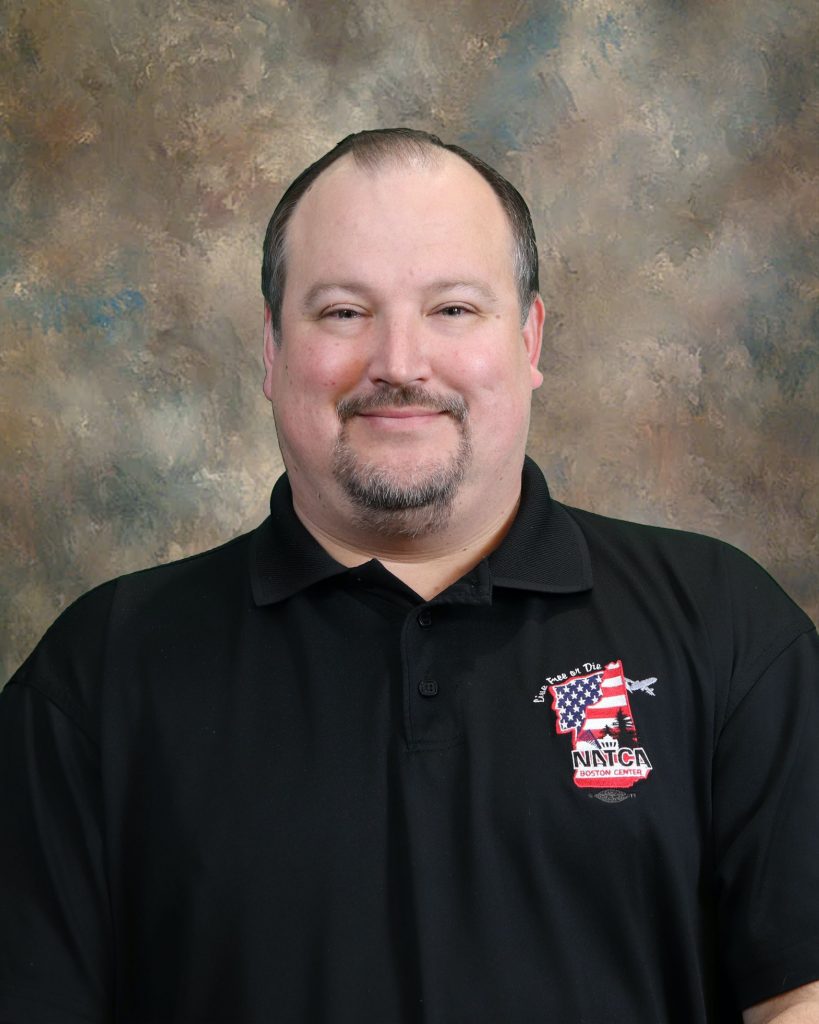
Hello NATCA New England. For this edition of FacRep Corner, we are going to review an Article of the CBA, Article 124, Priority Placement.
Section 1 states: “Any employee at a Facility Pay Level 10-12, who has a minimum of fifteen (15) consecutive years as a CPC at his/her current facility, shall have attained priority placement status for inter-facility in-grade/downgrade bargaining unit vacancies/positions. The employee shall not normally be eligible to receive any permanent change of station (PCS) benefits unless the selection was made in conjunction with a vacancy announcement where PCS benefits were authorized. In that case, the individual requesting voluntary transfer shall be entitled to the same benefits as advertised on the vacancy announcement. The provisions of this Article do not apply for vacancies/positions that are filled in accordance with Article 42, Section 1(a) of this Agreement.”
So what does this mean? Let’s look at Section 3. “Priority placement means the selection and placement of an employee in a specific bargaining unit position at a specific facility requested by the employee. Priority placement occurs prior to the consideration of candidates from all other competitive and non-competitive applications, but after placement of employees in accordance with the law and Section 4 of HRPM EMP 1.9 (August 23, 2012), training failures, and hardship transfers.”
Is this process handled via the NCEPT? Yes, it is. Once the employees covered under those other categories listed in section 3 are addressed, then those BUEs requesting priority placement will be considered. If the facility they are requesting a transfer to is less than 100 percent staffed, they will be selected for that facility.
These sections are not subject to the National Release Policy MOU. According to section 5, “Selected employees shall be released to begin their new positions as soon as practicable. This shall occur no later than six (6) months from the date of selection unless otherwise requested by the employee, but in no case later than twelve (12) months from selection.”
This provision of the CBA allows those BUEs working at our largest and busiest facilities, that have been there long enough to be a CPC for 15 connective years or in practical terms, 17-20 years depending on training time, a one time, and what in many cases may be their only chance to transfer to another facility.
New England & Eastern Regional Meeting
For this meeting, Mick invited each FacRep to bring a guest from their facility, whether it be their facility’s Vice President, someone from their local E-board, or another interested NATCA Member. Below, three members share their experiences of attending their first FacRep Meeting.

I have been the VP for the last 3 years at PWM, and this was the first FacRep conference/meeting that I have attended. I had a great time meeting new people and reconnecting with some old friends. This event brought 2 regions together to share and communicate ideas, issues, and information. A wealth of knowledge and helpful information was presented during these two days, with many productive conversations. Communication and training were two things that I took away the most from the meeting.
Whether in your local, or upward in NATCA, communication is crucial to being an effective local. Your elected representatives can only act on what is communicated. We have a very effective communication system in place right now in NNE. As a member, I encourage everyone to communicate with their reps. They are all willing to listen and help at all levels. The other takeaway is training. In sitting through the classes during the conference, it was apparent that there are many things I do not fully understand.
I was elected to uphold the best interest of our members and the union, and I can’t possibly do that if I don’t educate myself with the information that is out there. My takeaway is to stay involved, volunteer, and take as much training as my schedule can allow. I encourage all members to do the same if able.
I would also like to give a shout-out to Kyle Szary from ZBW, as the Weingarten training was awesome!
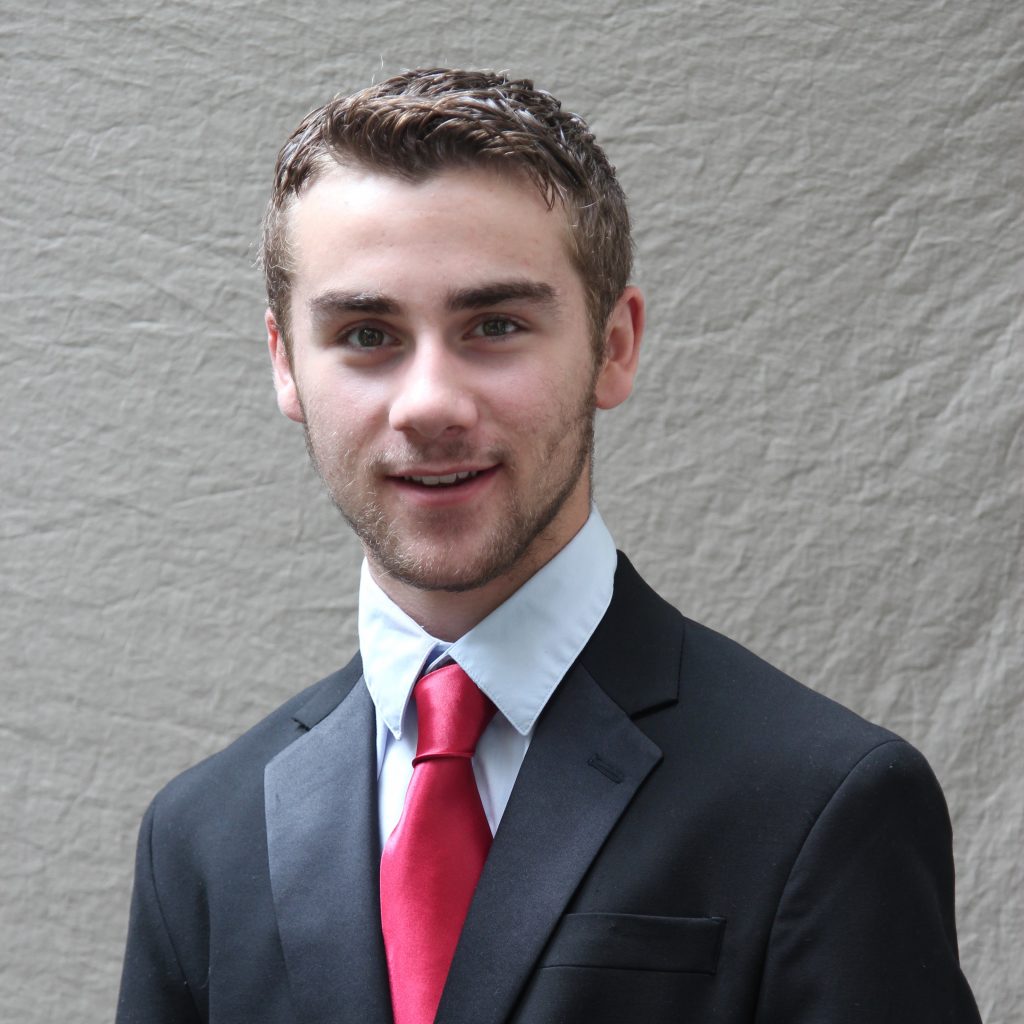
The NNE/NEA Regional Meeting held in Boston was the first big NATCA event I have attended, and I am already looking forward to the next one. I had the opportunity to learn from others who have been a part of this Union for their entire careers, and it inspired me to want to do more. The meeting allowed me to meet others from throughout the East Coast whom I now look up to as role models. I left the Regional Meeting shocked by how close-knit the whole group felt. On day one, everyone was a stranger to me, and by the end, it felt like a reunion.
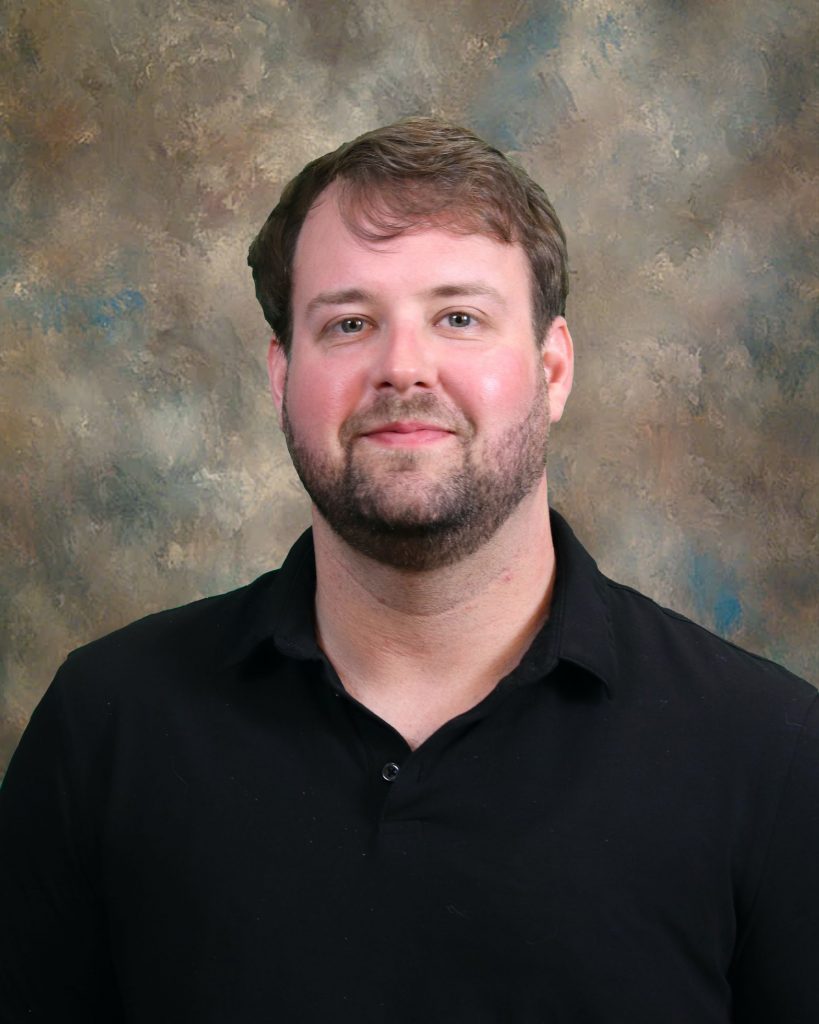
This was my first NATCA event that I have attended outside of local union meetings. It was very helpful and informative to be able to talk and network with others in the same profession. The classroom on May 5th was informative and I enjoyed Rich Santa taking the time to come by for a Q&A session. I learned that while BGR does have its local troubles, almost all facilities in the NE and NNE regions are struggling with staffing and training issues – some more than others – and there are things in motion behind the scenes to potentially address some of these issues.

